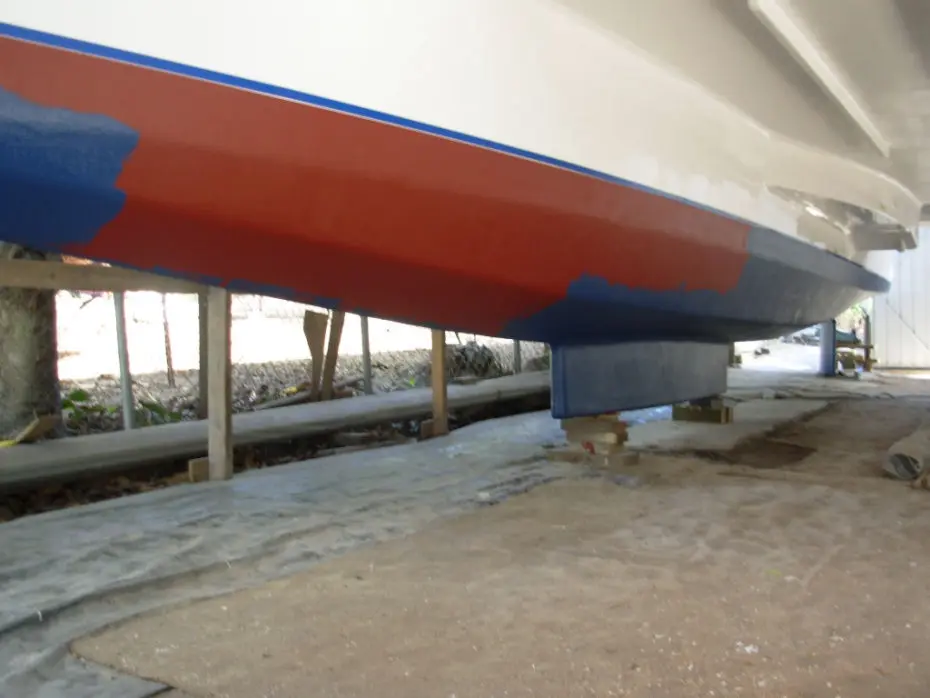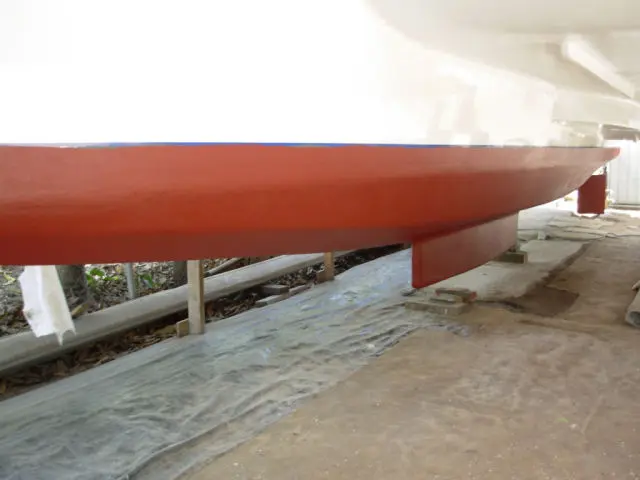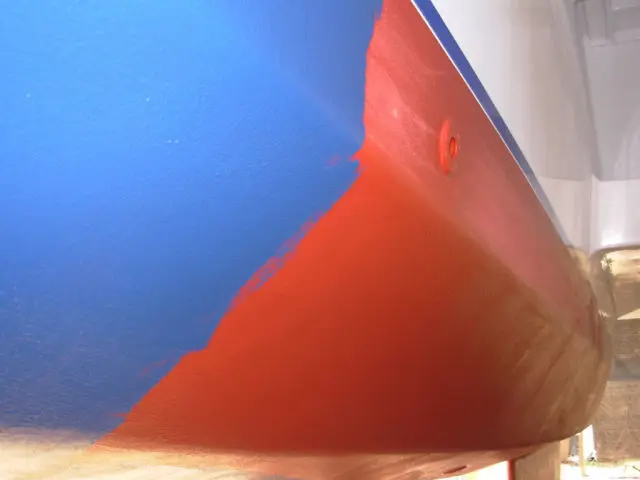
Antifoul...why?
Antifoul, underwater paint, antifoul paint, marine antifouling ... what ever one calls it, usually is the last port of call during a build.
The marine environment can be very nasty and care had to be taken on how our below water marine painting was going to be tackled.
Commonly called 'antifouling', the process normally requires yachts to be 'slipped' each year and the antifoul repainted. Our yacht anti foul process ended up being a rainbow of various coats.
Given our mooring position and the grounding of the yacht twice a day, we tried to be proactive in the boat antifouling area.
The muddy bottom where the vessel will rest twice a day is very soft, so we are not expecting much scratching and gradual wear/abrasion of the anti foul surface.
We spoke to a few companies of which two allowed us to make contact with their 'Marine Paint Technicians’. In the end, we chose to stick with Wattyl Marine Products, even with the slightly higher and continual price rises. Time will tell if this decision was prudent.
The plan involved fairing the hulls to a reasonable level. It was then lightly sanded and the process began. The waterline became a talking point as this was the guide for the Anti foul limit.
We chose to go an additional 100mm above the designers waterline to cover for the additional weight we planned to carry and provide a ‘wave-buffer’ once in the water.

